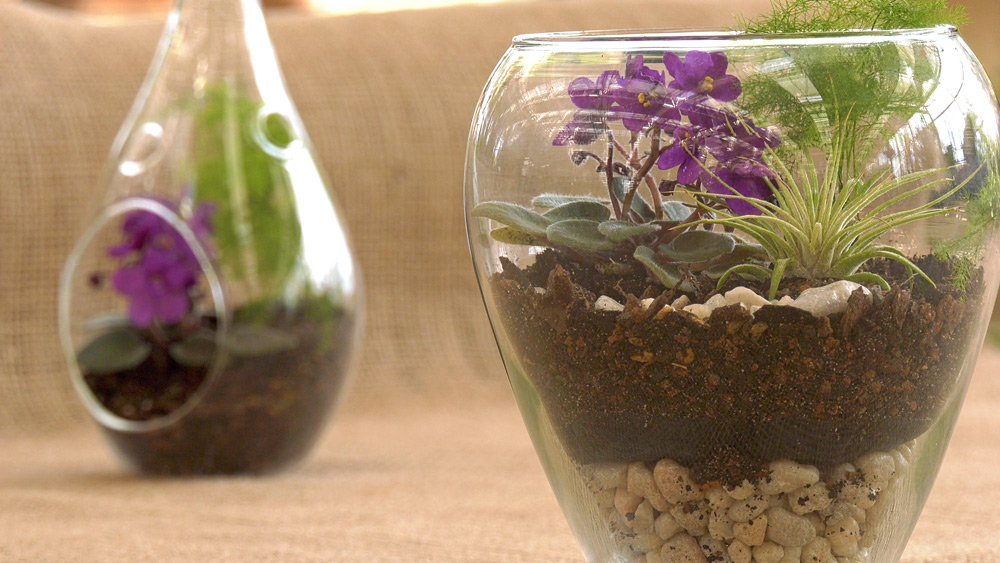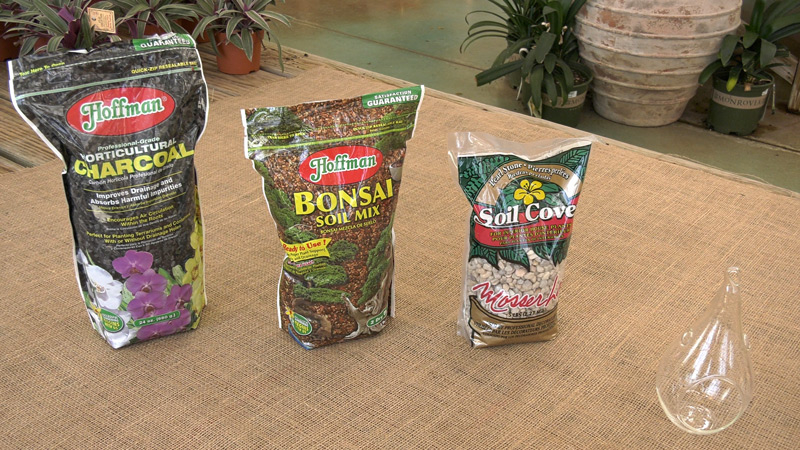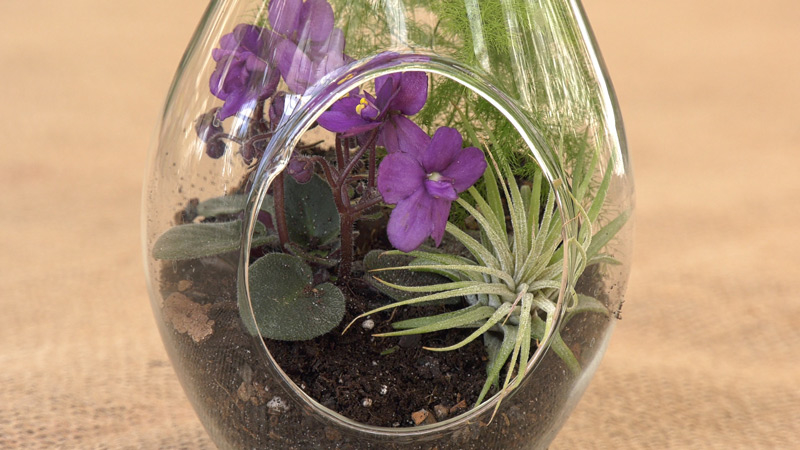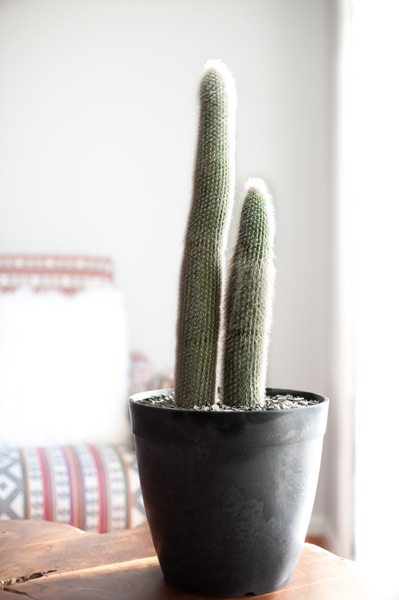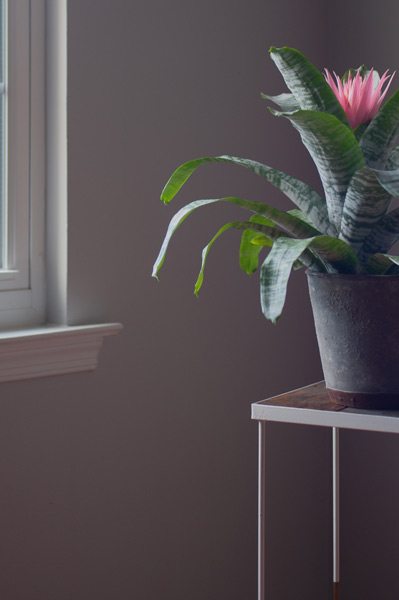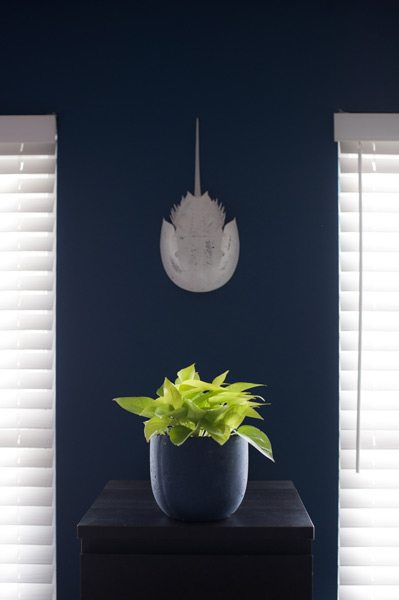A Beginners Guide to Creating Terrariums
Adding terrariums to your home or office is a wonderful way to brighten your space with a beautiful miniature landscape. By correctly combining soil, base materials, and your plants you can create custom terrariums that thrive.
Steps for Designing Terrariums
Select Your Container
Terrarium containers come in all shapes and sizes. While you can pick one based on your personal aesthetic and design preferences, you will need to take a few other factors into consideration to ensure your container works well:
- Select a container that is watertight. You do not want water spilling out of your terrarium into your home or office.
- Your container should not have glass that is so thick that it distorts the image of your terrarium.
- Make sure that you have enough room to fit your hand into the container. You will be reaching into it to arrange and prune your plants.
Once you’ve selected your container, clean it with glass cleaner and wait a day for the chemicals to dissipate before planting.
Layer Your Base
There are two different styles of terrarium bases: simple and layered. Simple terrariums are comprised of a layer of charcoal and then a layer of bonsai soil and are primarily used in hanging glass globes that have more limited space. Layered terrariums have an added layer under the charcoal and soil comprised of decorative stones or glass with a barrier of landscape fabric. If you are creating a layered terrarium, begin by placing about an inch of decorative stones or glass in the bottom of your container. Next, cut a piece of landscape fabric to the size of your container and place it on top of the decorative layer. The landscape fabric will serve as a barrier to prevent soil from spilling into your decorative glass or stone layer, while still allowing water through for better drainage. Next put down a thin layer of charcoal, about ¼ – ⅓ cup, to absorb excess moisture and keep your container fresh.
Add Soil
Regardless of your base type, add about one inch of soil, just enough to plant in. This saves space and prevents the soil from retaining too much water. I recommend using bonsai soil as it’s more porous and has better drainage. It is also more decorative than regular potting soil. Hoffman’s and Meehan’s bonsai soils both work very well in terrariums.
Arrange Your Plants
Before you start planting, arrange your plants outside of the container. This will allow you to make sure you’re satisfied with your composition without smearing dirt on the sides of your container. I recommend using 1 to 3 plants for a small container (less than 6 inches in diameter), and 4-5 for a large container (over 6 inches in diameter). Before placing your plants in the terrarium, squeeze or open up your roots so they can take better hold of the soil. A few of my favorites to include in containers are:
- Miniature Violets: These require good air circulation and low humidity, but do very well in open terrariums.
- Tillandsia (Air Plants): These make an excellent choice for their flexibility – they can be endlessly rearranged because they don’t need to be planted in the soil.
- Ferns: These green foliaged plants make an excellent accent to the colorful blooms of the miniature violets.
- Orchids: Their nice flowers and long bloom time make orchids a great addition to any terrarium.
- Peperomia – Comes in different styles, such as trailing, upright, and mounding, with a wide variation of colors including green, purple, red, and light blue.
- Bromeliad: These tropical looking plants hold their color for a long time, making them a good choice for larger terrariums.
Embellish Your Terrarium
After completing your planting fill up space between and around your plants as you see fit. Use decorative objects, moss, or more gravel and rocks.
Watering
The key with terrariums is to avoid over-watering. Because they have no drainage hole at the bottom of the container, terrariums hold water longer than traditional container plants. To water effectively, water around the edge of the container instead of into the middle to avoid over-saturating your plants. This allows the plants to pull water from the edges as needed, instead of sitting in wet soil. You don’t want to saturate the soil, just water until the soil is visibly moist. For a simple terrarium, you can see when your soil is dry (lighter in color than wet soil) and for a layered terrarium, the water should not go down past the landscape fabric.
Light
Keep your terrarium in a place that has medium or indirect light. Putting the terrarium in a spot with too much light or direct light will bake it because the glass acts as a magnifying glass. If you can read in the room without a light on, then your terrarium will receive enough light.


